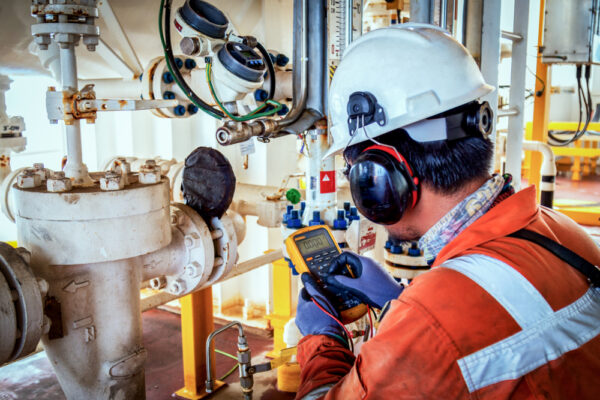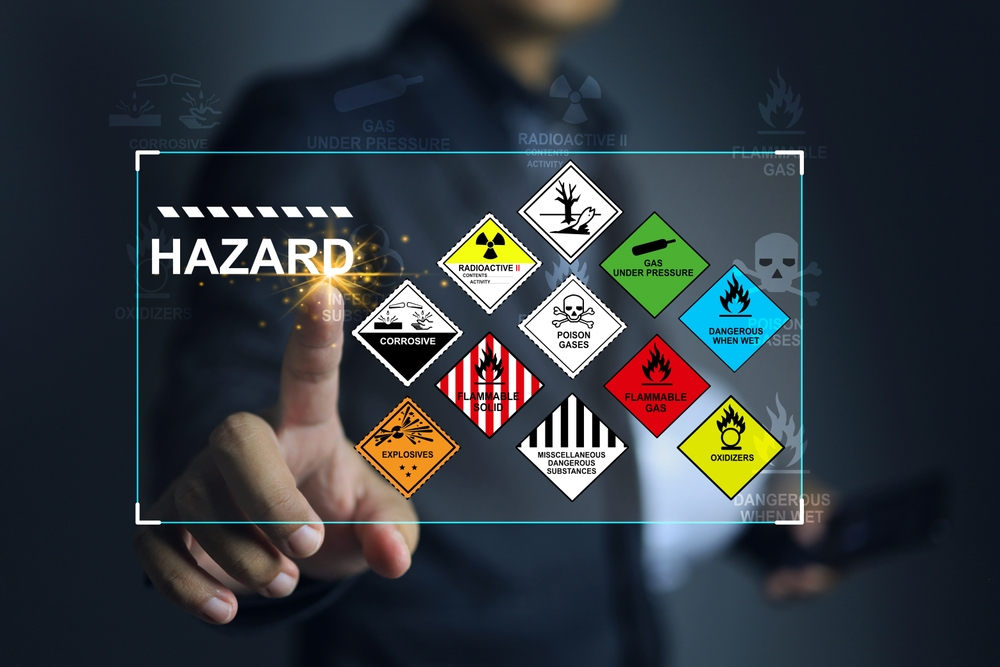Examine This Report on Roar Solutions
Wiki Article
10 Easy Facts About Roar Solutions Described
Table of ContentsThe 15-Second Trick For Roar SolutionsThe Ultimate Guide To Roar SolutionsRoar Solutions Fundamentals Explained
In order to protect setups from a possible surge a technique of evaluating and identifying a possibly unsafe area is needed. The purpose of this is to ensure the right selection and installment of devices to ultimately protect against a surge and to guarantee safety and security of life.
(https://lnk.pblc.app/pub/f49b043987c7b7)
No equipment should be installed where the surface area temperature level of the equipment is more than the ignition temperature level of the given threat. Below are some common dust unsafe and their minimum ignition temperature. Coal Dirt 380C 225C Polythene 420C (thaws) Methyl Cellulose 420C 320C Starch 460C 435C Flour 490C 340C Sugar 490C 460C Grain Dirt 510C 300C Phenolic Material 530C > 450C Aluminium 590C > 450C PVC 700C > 450C Soot 810C 570C The likelihood of the threat being existing in a concentration high adequate to cause an ignition will differ from location to location.
In order to classify this threat an installment is separated right into areas of threat depending upon the quantity of time the harmful exists. These locations are referred to as Areas. For gases and vapours and dirts and fibers there are 3 zones. Zone 0 Zone 20 A harmful atmosphere is very likely to be existing and might be present for extended periods of time (> 1000 hours each year) and even continuously Zone 1 Zone 21 A dangerous environment is feasible but not likely to be present for long periods of time (> 10 450 C [842 F] A category of T6 indicates the minimal ignition temperature is > 85 C [185 F] Harmful location electric tools possibly designed for usage in greater ambient temperatures. This would suggested on the score plate e.g. EExe II C T3 Ta + 60C( This implies at 60C ambient T3 will certainly not be surpassed) T1 T1, T2, T3, T4, T5, T6 T2 T2, T3, T4, T5, T6 T3 T3, T4, T5, T6 T4 T4, T5, T6 T5 T5, T6 T6 T6 A T Class score of T1 indicates the optimum surface area temperature generated by the tool at 40 C is 450 C. Presuming the associated T Course and Temperature level rating for the equipment are proper for the location, you can always use a tool with a much more rigid Department score than required for the area. There isn't a clear response to this question. It actually does depend on the type of tools and what repairs require to be brought out. Tools with certain examination treatments that can not be carried out in the area in order to achieve/maintain 3rd party ranking. Must come back to the manufacturing facility if it is before the equipment's service. Field Repair Work By Authorised Employee: Complicated screening might not be called for nevertheless particular treatments might require to be complied with in order for the devices to maintain its 3rd party ranking. Authorized workers need to be employed to perform the job correctly Repair work should be a like for like substitute. New component need to be thought about as a straight substitute calling for no unique testing of the devices after the fixing is total. Each tool with a harmful ranking need to be reviewed separately. These are detailed at a high degree below, however, for more detailed details, please refer straight to the standards.
Some Known Factual Statements About Roar Solutions
The equipment register is a comprehensive data source of equipment records that includes a minimum set of areas to recognize each item's area, technological parameters, Ex-spouse category, age, and environmental information. The ratio of In-depth to Shut assessments will certainly be established by the Tools Danger, which click this site is examined based on ignition risk (the chance of a source of ignition versus the probability of a flammable environment )and the harmful area category( Zone 0, 1, or 2). Executing a robust Risk-Based Inspection( RBI )method is vital for making certain compliance and safety in handling Electric Tools in Hazardous Locations( EEHA).
Roar Solutions for Beginners

In terms of explosive risk, a hazardous area is an environment in which an eruptive atmosphere is existing (or might be anticipated to be present) in quantities that need unique preventative measures for the construction, installation and usage of devices. hazardous area electrical course. In this write-up we discover the challenges faced in the office, the danger control procedures, and the needed proficiencies to function securely
It issues of contemporary life that we manufacture, store or manage a series of gases or fluids that are deemed flammable, and a series of dirts that are considered combustible. These compounds can, in specific problems, form eruptive atmospheres and these can have significant and tragic consequences. A lot of us recognize with the fire triangle eliminate any among the 3 aspects and the fire can not take place, however what does this mean in the context of harmful areas? When breaking this down into its simplest terms it is basically: a mix of a specific quantity of launch or leakage of a certain material or product, mixing with ambient oxygen, and the presence of a resource of ignition.
In a lot of circumstances, we can do little concerning the levels of oxygen in the air, however we can have considerable impact on resources of ignition, for instance electrical equipment. Hazardous areas are recorded on the unsafe area classification drawing and are identified on-site by the triangular "EX" indicator. Here, among various other key details, zones are divided right into 3 types depending upon the danger, the likelihood and duration that an eruptive ambience will certainly exist; Area 0 or 20 is deemed one of the most unsafe and Area 2 or 22 is regarded the least.
Report this wiki page